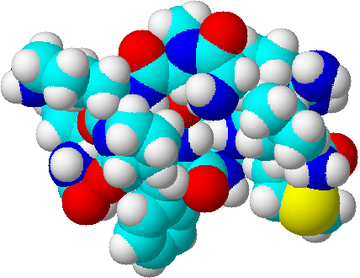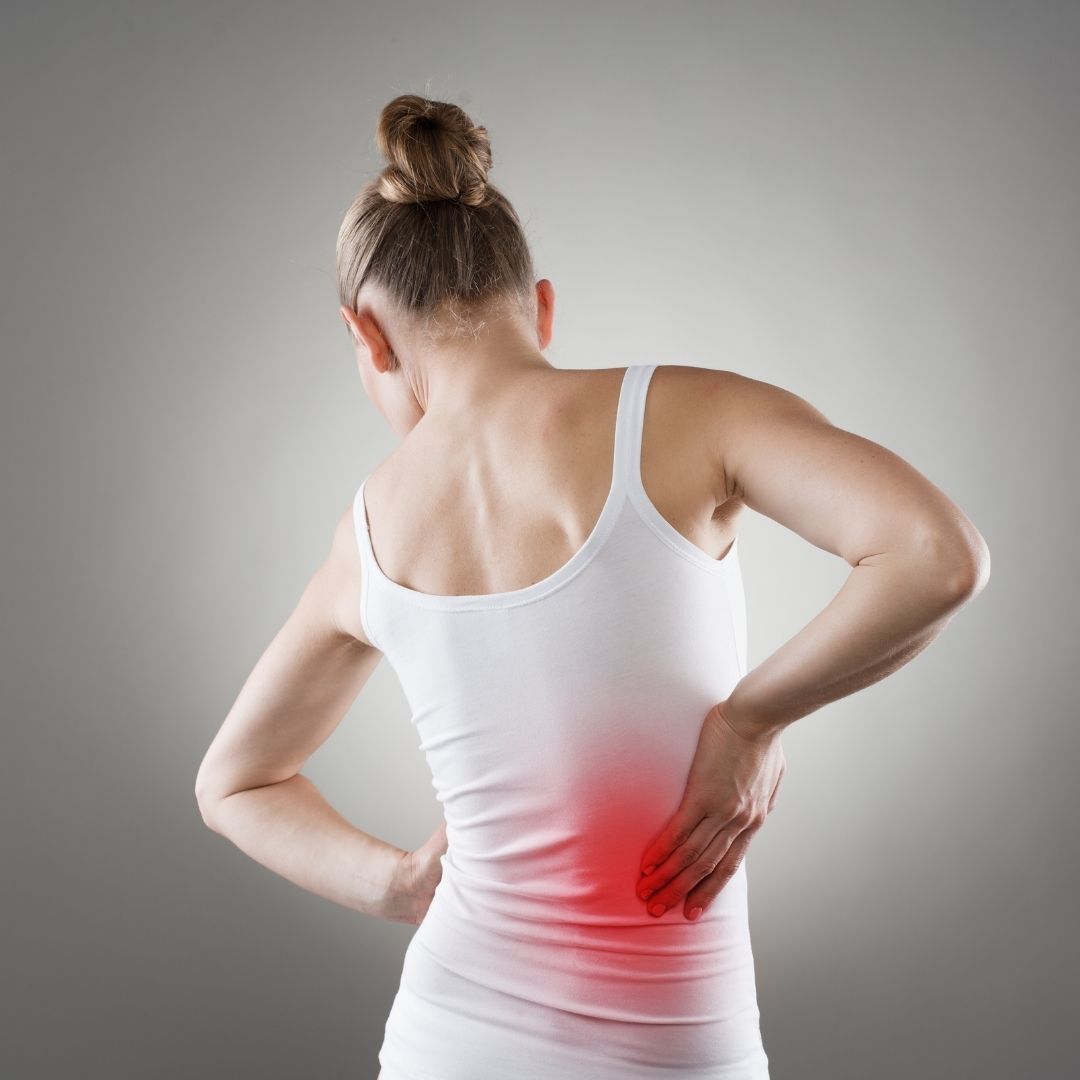What is Substance P?
As a key mediator of pain and inflammation, levels of Substance P play a critical role in the development and maintenance of chronic pain.
Balanced Levels of Substance P
Substance P is a natural and essential part of the body’s nervous system. Balanced levels of Substance P are important to maintain normal pain sensation, inflammatory responses, and various other bodily functions.
Abnormal levels, either high or low, can lead to physiological issues and symptoms.
- High Levels of Substance P are often associated with chronic pain, migraines, and arthritis. Excessive, or prolonged, release of Substance P can be associated with chronic pain and inflammation. Reducing the levels of Substance P has emerged as a promising approach for managing chronic pain.
- While less commonly discussed, low levels of Substance P could potentially impact the body’s ability to adequately transmit pain signals, which might affect injury detection and response
Substance P is the Messenger of Pain
Substance P is like a messenger in your body that plays a crucial role in transmitting pain signals. It is like a tiny alert system that tells your brain when something hurts. It has an important function in detecting and responding to harmful stimuli.
When you get injured or have inflammation somewhere in your body, Substance P is released in that area and travels through the nerves to your brain. This is how your brain knows you are feeling pain.
How Was Substance P Discovered?
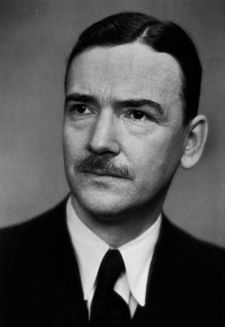
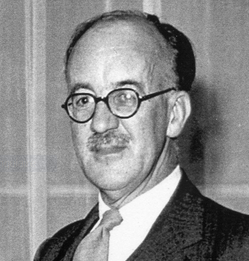
Ulf von Euler (left) and John H. Gaddum (right), discoverers of Substance P.
Substance P was discovered by Ulf von Euler and John H. Gaddum in 1931. They identified this substance while studying intestinal muscle contractions. The discovery marked a significant milestone in neurochemistry because it was one of the first neuropeptides to be identified.
This discovery opened a new field of study regarding how the nervous system communicates using chemicals, leading to a deeper understanding of pain mechanisms and other neurological functions.
Ulf von Euler was later awarded the Nobel Prize in Physiology or Medicine in 1970, although his Nobel Prize was for other significant work in the field of neurochemistry, particularly involving neurotransmitters. Ronald P Rubin cited the discovery of Substance P as one of the great discoveries in Pharmacology.
The scientific name for Substance P is “Substance P”. It was named because when it was discovered, its exact chemical structure was not known, and it was simply referred to as a “substance” causing certain physiological effects, particularly in pain pathways.
Over time, the name “Substance P” stuck and continues to be used. Its chemical structure, however, is that of a neuropeptide, a peptide composed of 11 amino acid residues. Neuropeptides are small protein-like molecules used by neurons (nerve cells) to communicate with each other.
They are like neurotransmitters, but generally act slower and have more prolonged effects. Substance P specifically functions in the nervous system to transmit pain signals and to influence other processes like inflammation, stress responses, and gastrointestinal function.
So, while it is known as a neuropeptide due to its role in neuronal communication, its impact extends beyond just nerve cells to various bodily functions.
More Than Pain
Substance P is best known for its role in making us feel pain, which is important because pain alerts us to injuries or problems that need attention. Substance P is involved in several chronic pain conditions, including osteoarthritis, neuropathic pain, and temporomandibular joint pain.
In addition to its role in pain, Substance P has been implicated in several other biological processes, including the regulation of blood pressure, the regulation of the immune response, and the regulation of gut motility.
Here are some important benefits of the substance in the body:
- Substance P is involved in the inflammatory process, helping the body to heal after injury by increasing blood flow and recruiting immune cells to the affected area.
- It may have roles in mood regulation and stress responses, although this area requires more research.
- Substance P is involved in regulating various gastrointestinal functions, including motility and the secretion of substances in the gut.
- It helps regulate respiratory reflexes, like coughing, which is important for clearing irritants from the airways.
- Substance P can induce vasodilation, increasing blood flow to certain areas, which is important for tissue health and repair.
Substance P is a key player in several physiological processes beyond pain transmission, contributing to the body’s overall functioning and response to injury or illness.
How Can Substance P Be Modulated?
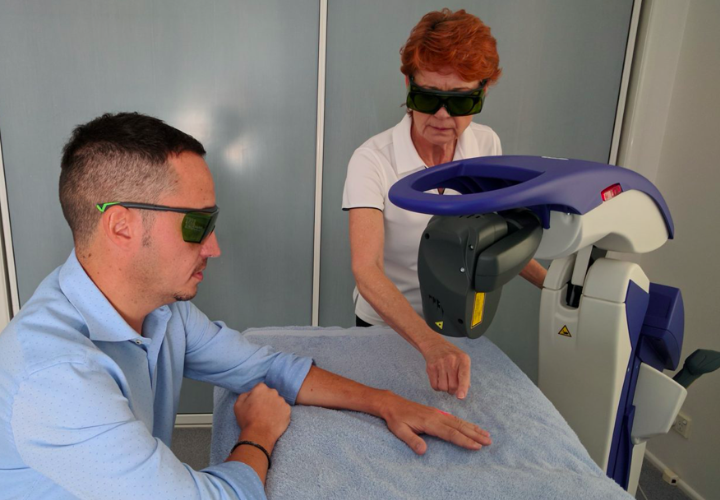
The MLS® M6 laser being used to treat arthritis pain.
The effectiveness of methods to modulate Substance P largely depends on the individual’s specific condition, the cause and type of pain, and overall health.
It can be modulated through various methods, including:
- Medications: Certain drugs, like capsaicin creams and some antidepressants, can reduce Substance P levels. Capsaicin, for instance, initially stimulates and then depletes Substance P from nerve endings. Can be very effective for localized pain relief, especially for conditions like arthritis or nerve pain.
- Photobiomodulation Therapy (Light Therapy): This therapy uses specific wavelengths of light to reduce Substance P, thereby alleviating pain and inflammation. This therapy shows promise for a range of conditions, particularly for reducing inflammation and aiding in tissue repair.
- Physical Therapy and Exercise: Regular exercise and physical therapy can influence the levels of various neurotransmitters, including Substance P. It is beneficial for chronic pain management and improving overall physical function.
- Acupuncture: This traditional Chinese medicine technique has been shown to affect Substance P levels, contributing to its pain-relieving effects. It is often effective for various types of pain, including chronic pain, though responses can be quite individual.
- Diet and Supplements: Certain dietary choices and supplements might influence Substance P levels, though more research is needed in this area. While potential benefits exist, this approach often requires more research and is usually considered complementary to other treatments.
Photobiomodulation Reduces Substance P and Improves Quality of Life
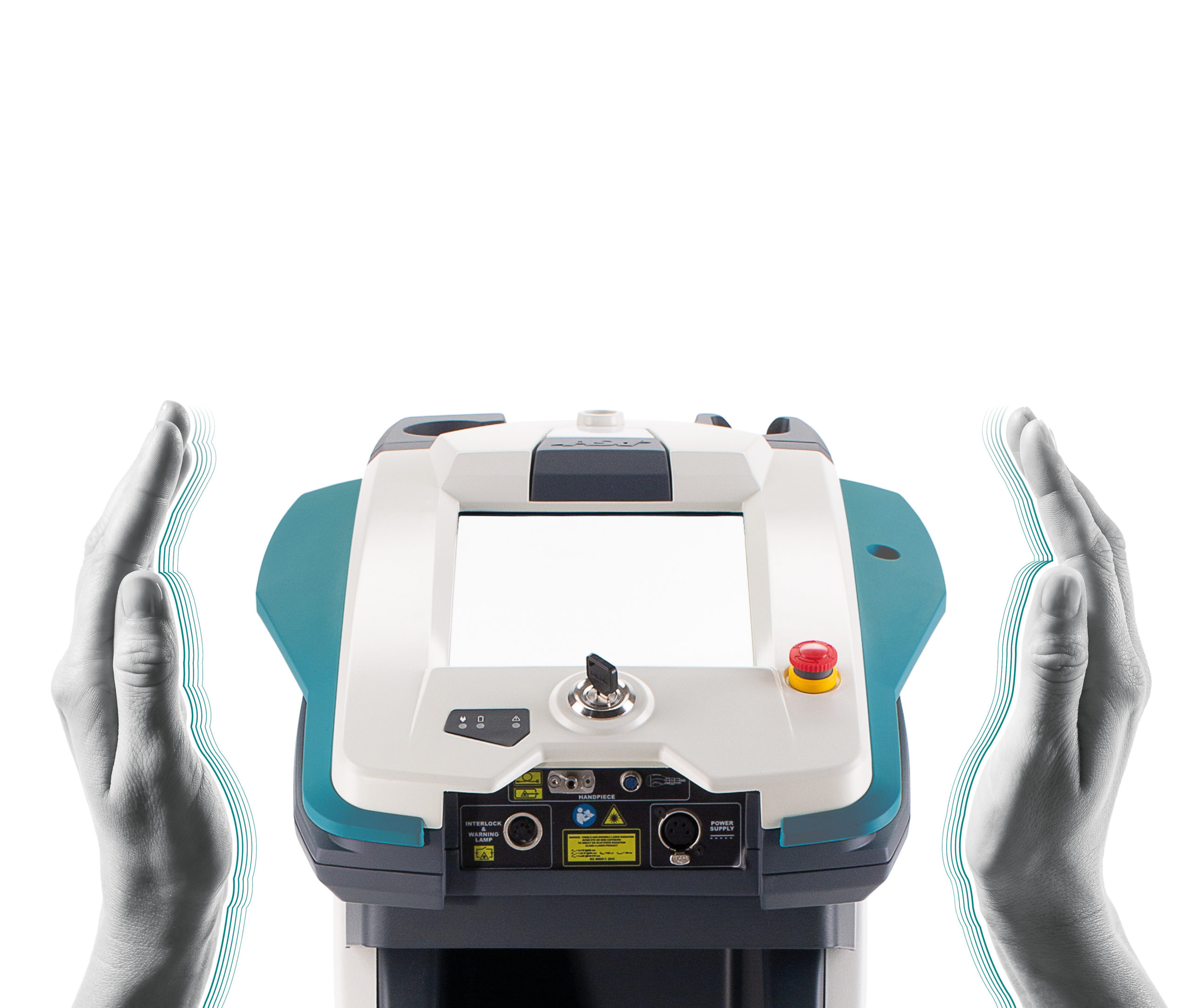
ASA Laser’s MiS laser, particularly effective for treating neuropathic pain.
Photobiomodulation therapy (PBMT) can interrupt Substance P, making it an attractive option for patients who are looking for alternative treatments to manage pain.
PBMT is a non-invasive therapeutic approach that uses light to activate cellular processes and modulate biological functions. It has been used for various medical conditions such as pain management, wound healing, and neurodegenerative disorders.
- One of the pathways that photobiomodulation activates is the nitric oxide (NO) pathway. NO is a signalling molecule that plays a role in many biological processes, including pain modulation and inflammation. PBMT has been shown to increase the levels of NO, which can act to inhibit the release of Substance P.
- Photobiomodulation has been shown to modulate the activity of several enzymes involved in the degradation of Substance P, further reducing its levels and the associated pain and inflammation.
PBMT uses specific wavelengths of light that work at a cellular level, stimulating the mitochondria – the powerhouses of cells – to enhance their energy production.
This boost in cellular energy has several cascading effects. One of these is the stabilisation of cell membranes, which leads to a reduction in the release of inflammatory mediators, including Substance P. With less Substance P circulating, the intensity of the pain signals sent to the brain decreases, resulting in a reduction of perceived pain.
PBMT also promotes the release of endorphins, the body’s natural painkillers, which further helps in alleviating discomfort. This dual action – reducing Substance P and increasing endorphins – makes PBMT a powerful tool in pain management.
Moreover, by reducing inflammation and promoting healing at the site of injury, PBMT addresses the underlying causes of pain. This is particularly important in chronic conditions, where ongoing inflammation can lead to sustained high levels of Substance P.
By mitigating these factors, photobimodulation not only provides symptomatic relief but also contributes to the overall healing process.
PBMT’s ability to reduce Substance P, coupled with its other therapeutic effects, makes it a valuable and effective approach in the management of pain, offering a non-invasive and drug-free alternative to traditional pain relief methods.
While more research is needed to fully understand the mechanisms of photobiomodulation in interrupting Substance P, the current evidence suggests that it may be a useful tool for reducing pain and improving quality of life for patients with chronic pain conditions.
References:
Kunarti S, Eka Juniarti D, Kartini Sunur Y, Kurnia Ariani M. The different effects of low-level laser therapy before and after overinstrumentation on the expression of substance P and interleukin-10. Saudi Dent J. 2023 May;35(4):317-321. doi: 10.1016/j.sdentj.2023.03.010. Epub 2023 Mar 31. PMID: 37251717; PMCID: PMC10213858.
de Oliveira VT, Ferrara-Jr JI, Matielo HA, da Silva Alves A, Britto LR, Aranha ACC, Dale CS. Involvement of substance P, osteopontin and satellite glial cells on photobiomodulation-induced antinociceptive effect in an experimental model of dentin hypersensitivity. Lasers Med Sci. 2021 Aug;36(6):1297-1305. doi: 10.1007/s10103-021-03246-9. Epub 2021 Jan 15. PMID: 33452567.
de Oliveira ME, Da Silva JT, Brioschi ML, Chacur M. Effects of photobiomodulation therapy on neuropathic pain in rats: evaluation of nociceptive mediators and infrared thermography. Lasers Med Sci. 2021 Sep;36(7):1461-1467. doi: 10.1007/s10103-020-03187-9. Epub 2020 Nov 5. PMID: 33155161.
Keshri GK, Yadav A, Verma S, Kumar B, Gupta A. Effects of Pulsed 810 nm Al-Ga-As Diode Laser on Wound Healing Under Immunosuppression: A Molecular Insight. Lasers Surg Med. 2020 Jun;52(5):424-436. doi: 10.1002/lsm.23156. Epub 2019 Sep 4. PMID: 31483061.
Han DS, Lee CH, Shieh YD, Chen CC. Involvement of Substance P in the Analgesic Effect of Low-Level Laser Therapy in a Mouse Model of Chronic Widespread Muscle Pain. Pain Med. 2019 Oct 1;20(10):1963-1970. doi: 10.1093/pm/pnz056. PMID: 30908578.
de Freitas Rodrigues A, de Oliveira Martins D, Chacur M, Luz JGC. The effectiveness of photobiomodulation in the management of temporomandibular pain sensitivity in rats: behavioral and neurochemical effects. Lasers Med Sci. 2020 Mar;35(2):447-453. doi: 10.1007/s10103-019-02842-0. Epub 2019 Jul 10. PMID: 31292820.
Doğanay Yıldız E, Arslan H, Köseoğlu S, Arabacı T, Yıldız DA, Savran L. The effect of photobiomodulation on total amount of substance P in gingival crevicular fluid: placebo-controlled randomized clinical trial. Lasers Med Sci. 2019 Apr;34(3):517-523. doi: 10.1007/s10103-018-2625-3. Epub 2018 Aug 31. PMID: 30171442.
Hsieh YL, Fan YC, Yang CC. Low-level laser therapy alleviates mechanical and cold allodynia induced by oxaliplatin administration in rats. Support Care Cancer. 2016 Jan;24(1):233-242. doi: 10.1007/s00520-015-2773-y. Epub 2015 May 26. PMID: 26006084.
Yadav A, Verma S, Keshri GK, Gupta A. Combination of medicinal honey and 904 nm superpulsed laser-mediated photobiomodulation promotes healing and impedes inflammation, pain in full-thickness burn. J Photochem Photobiol B. 2018 Sep;186:152-159. doi: 10.1016/j.jphotobiol.2018.07.008. Epub 2018 Jul 18. PMID: 30048845.
Hochman B, Pinfildi CE, Nishioka MA, Furtado F, Bonatti S, Monteiro PK, Antunes AS, Quieregatto PR, Liebano RE, Chadi G, Ferreira LM. Low-level laser therapy and light-emitting diode effects in the secretion of neuropeptides SP and CGRP in rat skin. Lasers Med Sci. 2014 May;29(3):1203-8. doi: 10.1007/s10103-013-1494-z. Epub 2013 Dec 15. PMID: 24337394.
Rubin RP. A brief history of great discoveries in pharmacology: in celebration of the centennial anniversary of the founding of the American Society of Pharmacology and Experimental Therapeutics. Pharmacol Rev. 2007 Dec;59(4):289-359. doi: 10.1124/pr.107.70102. PMID: 18160700.

